Description
This stack is designed to provide educators with the tools to provide equitable learning experiences through personalized, competency-based learning.
What You'll Demonstrate
You will demonstrate the essential components of student ownership and competency-based learning through learning pathways, learner profiles, and flexible learning environments.
Who Should Apply
- P12 educators
- Instructional coaches
- Interventionists
- Administrators
- Education support professionals
Micro-credentials

Analyzing Classroom Routines
The educator demonstrates an understanding of various classroom processes and procedures in multiple grade-level settings.
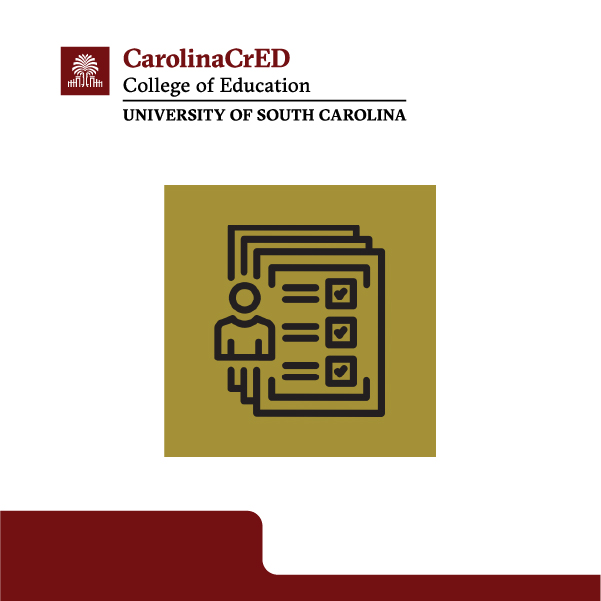
Aligning Standards and Competencies
The educator aligns South Carolina Academic Standards with the Profile of the SC Graduate Competencies.
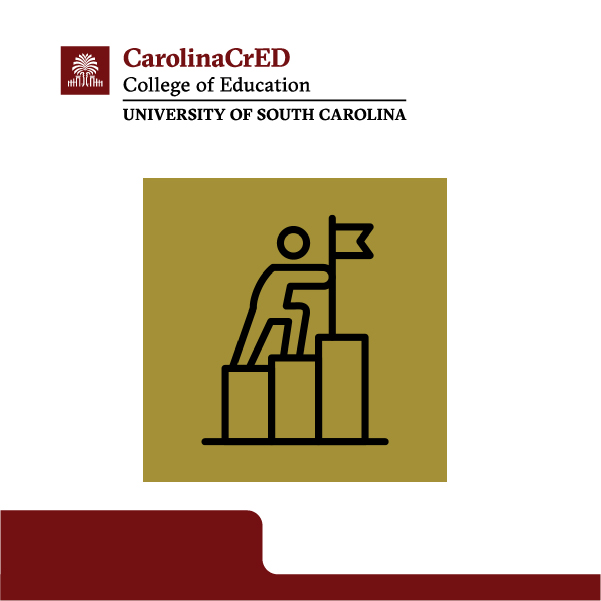
Celebrating Goal Progress
The educator facilitates the process of learners celebrating their progress in or mastery of goals.

Co-creating Learner Profiles
The educator co-creates learner profiles with students or learners.
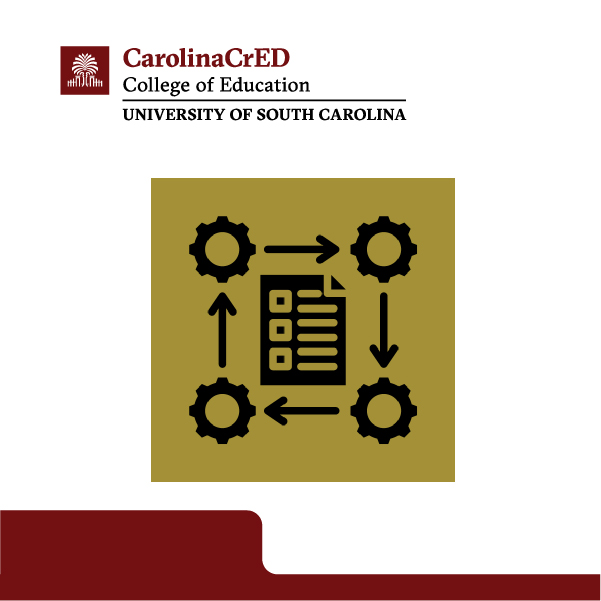
Creating Standard Operating Procedures
The educator creates standard operating procedures (SOPs) with learner input.

Creating Rubrics for Competencies
The educator creates a standards-aligned, competency-based rubric.
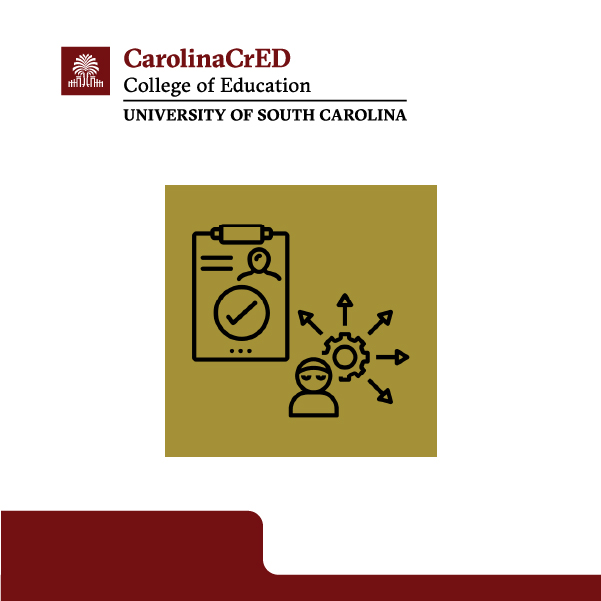
Creating Competency-Based Assessment Outcomes
The educator creates outcomes for a competency-based assessment.
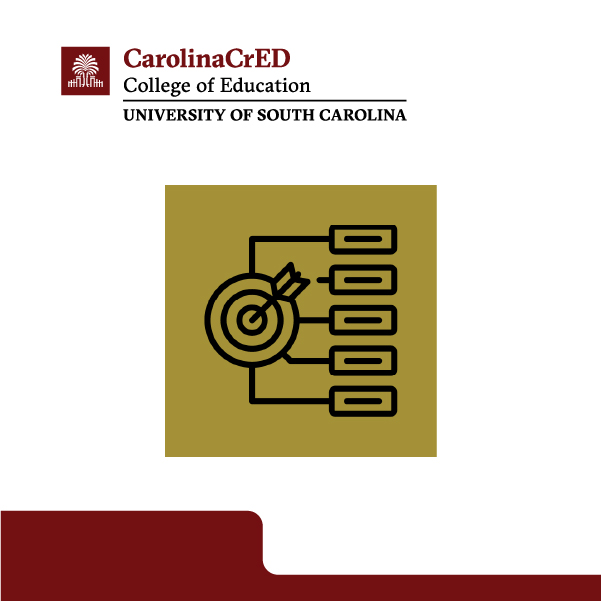
Creating Competency-Based Learning Targets
The educator creates learning targets for a lesson or learning experience that integrate both Profile of SC Graduate Competency and South Carolina Academic Standard.
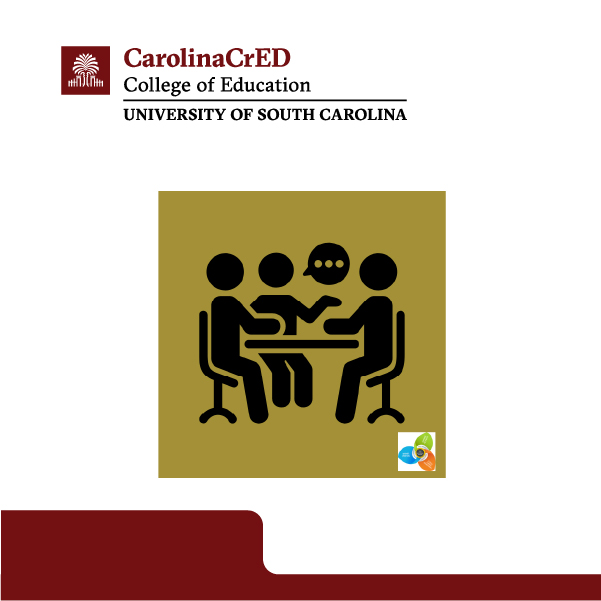
Designing Learner-Centered Spaces
The educator intentionally designs and utilizes space and tools within the learning environment to support personalized learning.
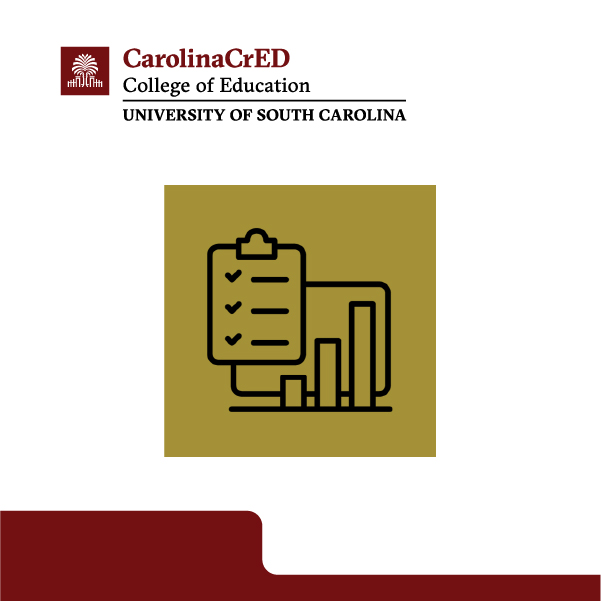
Developing an Assessment Plan
The educator designs an assessment plan that measures student performance in more than three ways.

Developing Readiness Pre-Assessments
The educator develops a readiness pre-assessment directly aligned to a learning progression.

Empowering Students with UDL
The educator utilizes Universal Design for Learning (UDL) to provide student autonomy while engaging in learning experiences.
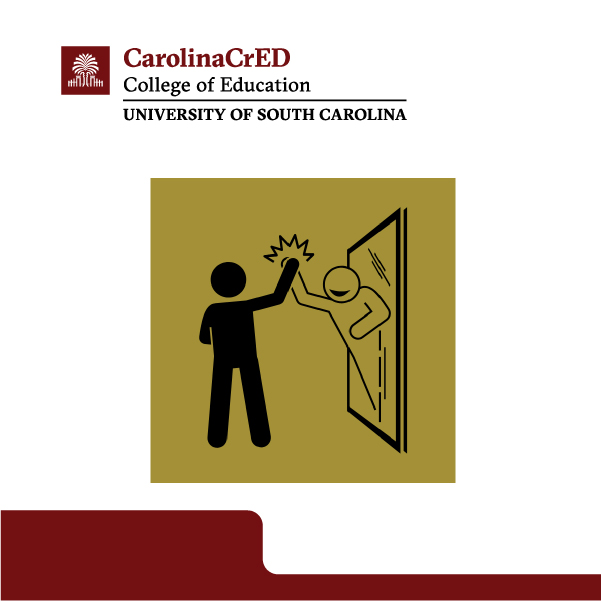
Engaging Students in Self-Assessment
The educator engages students in self-assessment of their learning to build learner ownership.

Establishing A Shared Vision
The educator guides students through a process to establish a classroom shared vision.
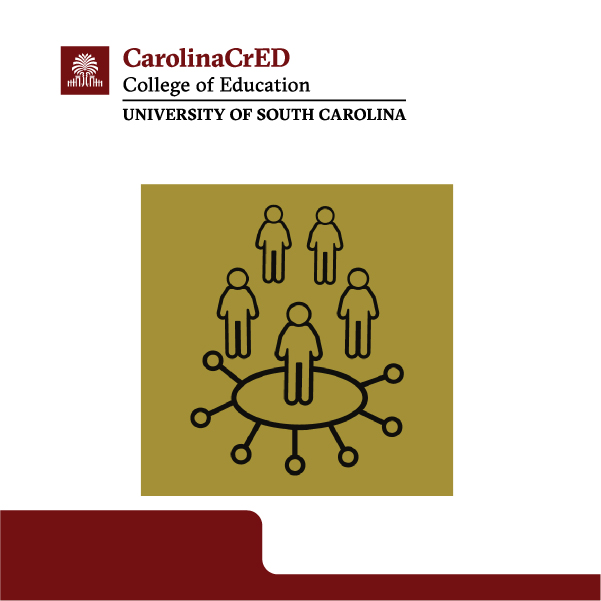
Facilitating Learner Agency
The educator facilitates learner agency in the choice of the demonstration of mastery.
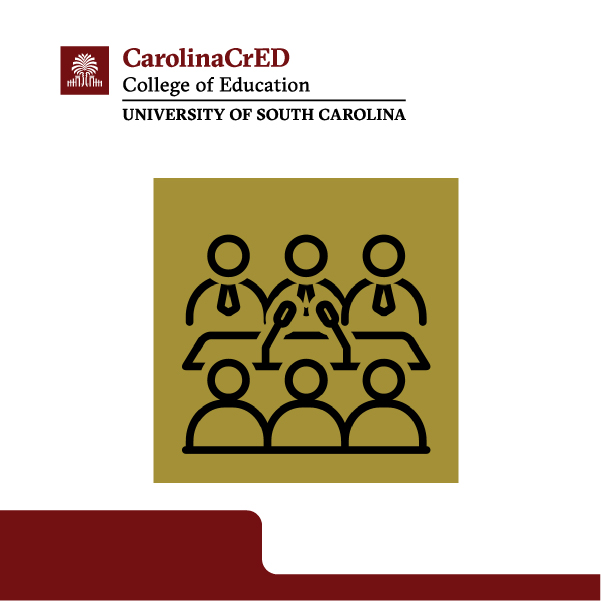
Facilitating Learner Led Conferences
The educator facilitates a learner-led conference and provides a video of the conference and an analysis of the results.
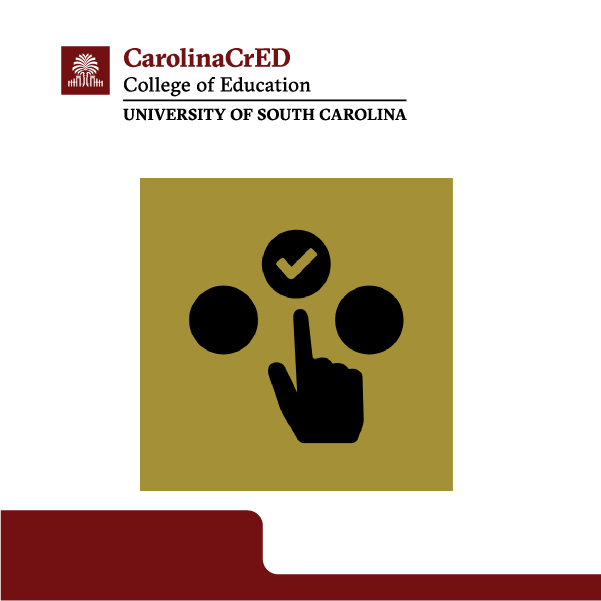
Implementing Choice for Learners
The educator implements learner choice for accessing and engaging with material.
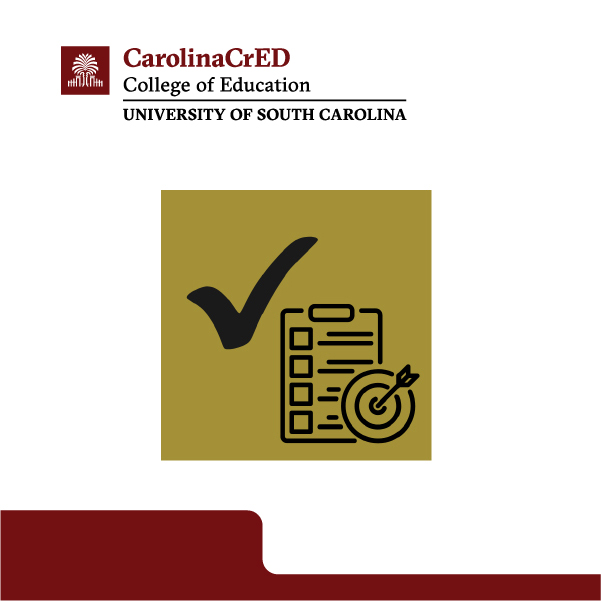
Monitoring Independent Goals
The educator facilitates the process of students self-monitoring their progress on goals.

Planning Learner Led Conferences
The educator plans a learner-led conference event.

Planning for Soliciting Student Feedback
The educator plans for soliciting feedback from students to drive and improve instruction.
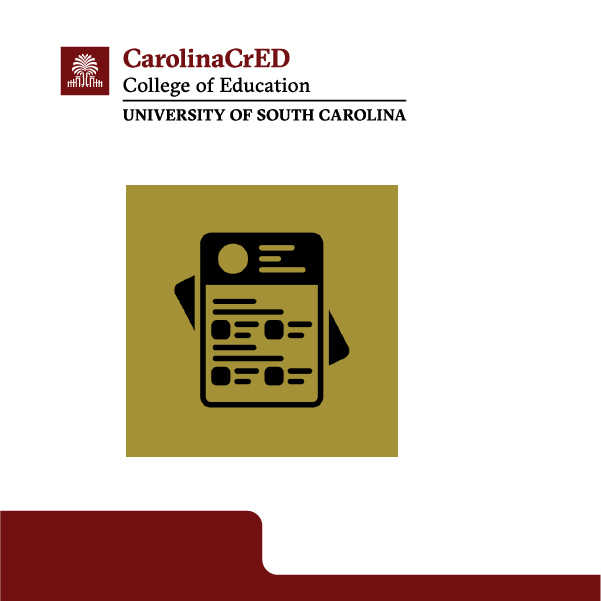
Planning Multiple Forms of Evidence
The educator plans opportunities for multiple forms of evidence of learning.
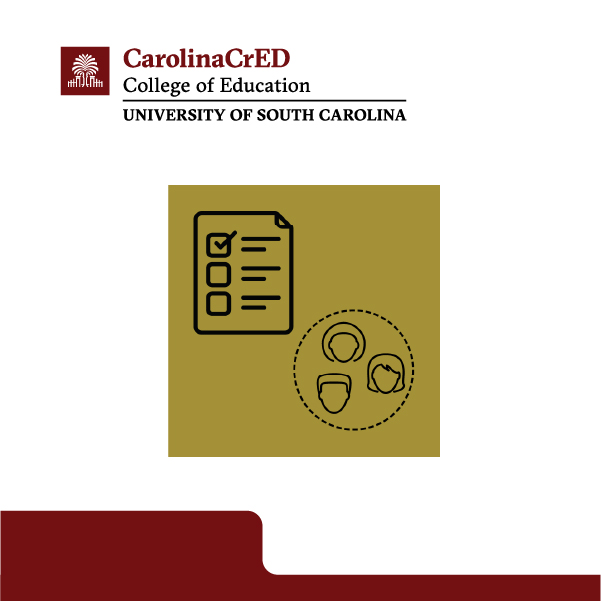
Planning Personalized Learning Playlist
The educator creates a plan for a flexible learning model using a personalized learning playlist.
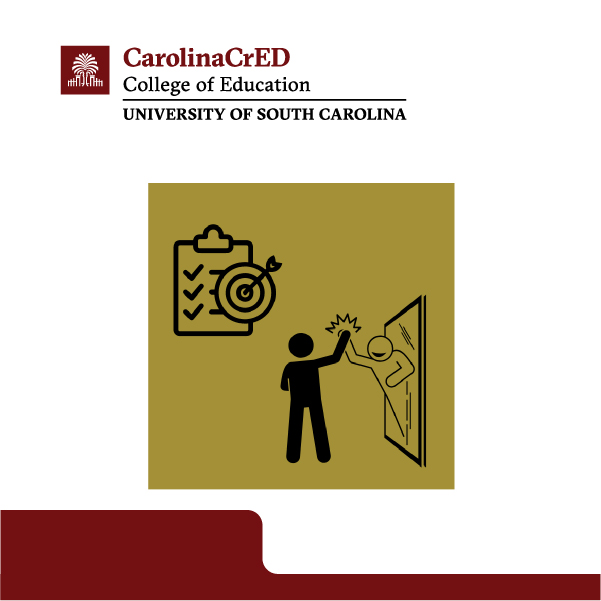
Planning for Student Self-Assessment
The educator plans for students to be able to self-assess their learning to build learner ownership.

Planning Station Rotation Model
The educator creates a plan for a flexible learning model using station rotation.
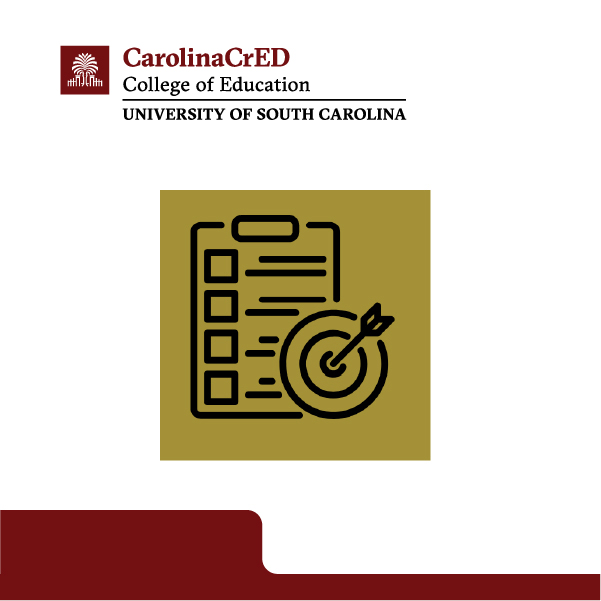
Setting Independent Goals
The educator provides ongoing opportunities for learners to independently set specific, measurable, achievable, relevant, and timely (SMART) goals.

Supporting Student Academic Discourse
The educator supports student academic discourse utilizing content-specific talk stems.